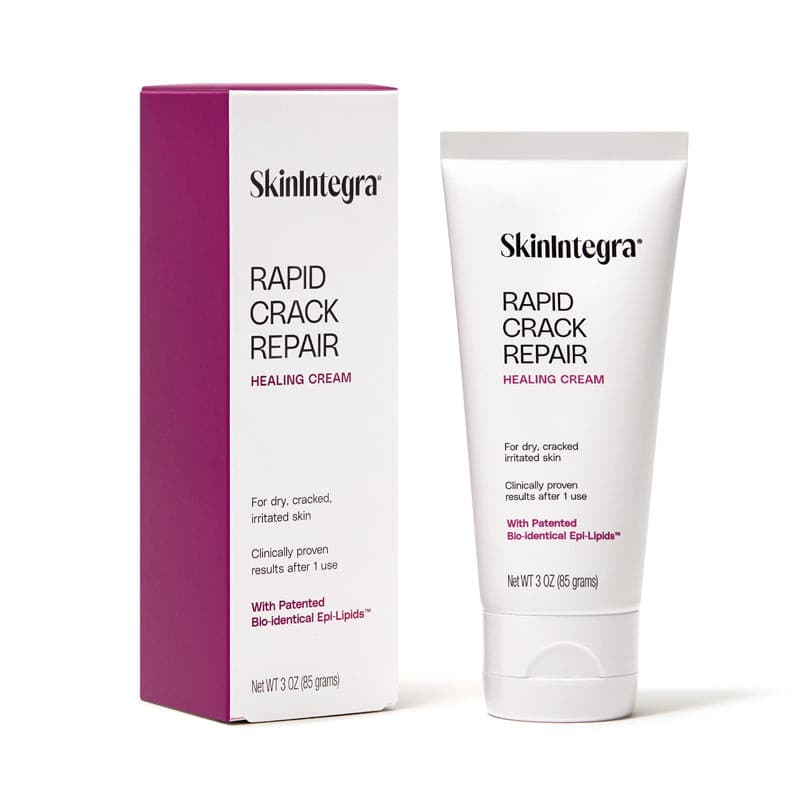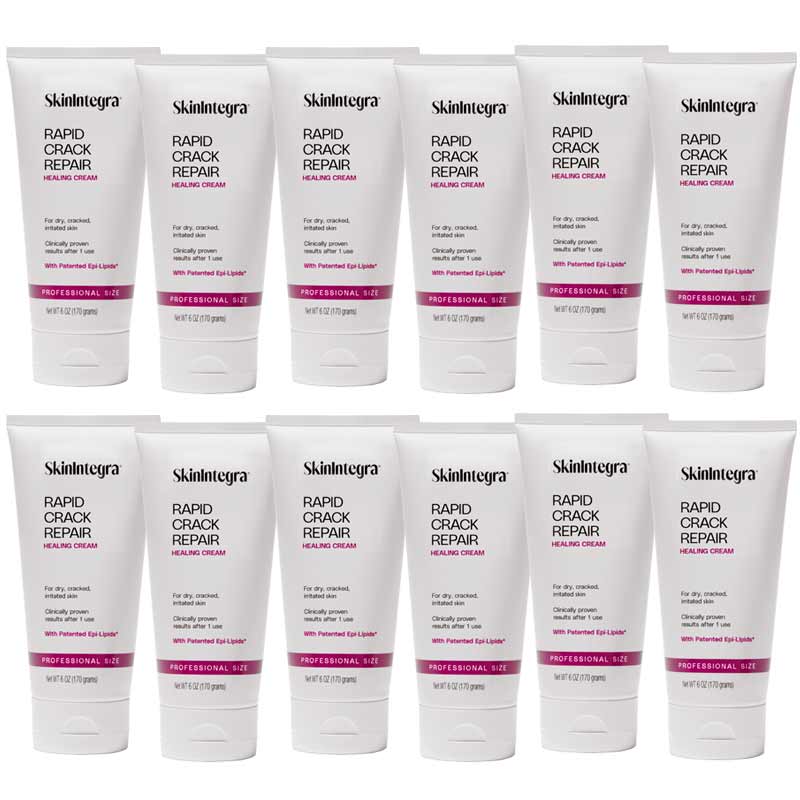Nail issues may seem cosmetic, but for people with diabetes, they can signal deeper health concerns and even raise the risk of infection. Brittle nails, cracked cuticles, fungal infections, and delayed healing are common among diabetics. Yet, most are unaware of how to prevent these issues before they become painful or dangerous. In this article, we explore the link between diabetes and nail health, and provide evidence-based guidance to help you protect your nails and skin.
How Diabetes Affects Nail and Cuticle Health
1. Poor Circulation and Reduced Nutrient Delivery
People with diabetes often suffer from poor peripheral circulation, especially in the hands and feet. This restricts oxygen and nutrient flow, causing nails to grow more slowly, become brittle, and split more easily. Cuticles may also become dry and crack, exposing nail beds to potential pathogens.
2. Neuropathy and Injury Risk
Diabetic neuropathy reduces sensation in the fingers and toes, increasing the likelihood of unnoticed injuries like nail trauma or cuticle tears. Without early detection, these minor issues can worsen quickly.
3. Elevated Blood Sugar Slows Healing
High glucose levels impair wound healing and compromise the skin barrier, meaning that small cuts around the nail or cracked skin take longer to repair. This prolongs discomfort and raises the risk of infection.
4. Increased Risk of Fungal Infections
People with diabetes are more prone to fungal nail infections (onychomycosis) and paronychia (infection around the nail fold), especially when skin integrity is compromised by dryness or cracks.
Signs of Nail and Cuticle Problems to Watch For
-
Cracked or split nails
-
Brittle or thinning nail plates
-
Inflamed or bleeding cuticles
-
Yellow or discolored toenails
-
Peeling skin around nail beds
-
Thickened or slow-growing nails
Nail and Cuticle Care Tips for People with Diabetes
1. Inspect Your Feet and Nails Daily
Daily inspection is your first line of defense. Check for any new cracks, discoloration, cuts, swelling, or signs of infection around the nails and cuticles. Because neuropathy can dull your ability to feel pain, visual inspection is critical for spotting issues early—before they escalate. If you spot any of these symptoms, consult your podiatrist or dermatologist immediately.
2. Wear Proper Footwear
Footwear that fits well and provides support can help protect the nails from trauma, pressure, and friction. Avoid shoes that are too tight or pointed, which can press against the toenails and lead to bruising, nail thickening, or ingrown nails. Choose breathable, cushioned shoes and seamless socks to keep feet dry and protected.
3. Moisturize Regularly with a Barrier Repair Cream
Dryness is a major culprit in nail and cuticle damage. Use a clinically-backed moisturizer like SkinIntegra Rapid Crack Repair Cream, which contains essential fatty acids and patented healing compounds to restore the skin barrier. Apply it at least twice daily to hands, feet, and nail folds.
4. Avoid Harsh Nail Products
Steer clear of acetone-based nail polish removers and alcohol-heavy sanitizers. These dehydrate nails and cuticles. Opt for gentle cleansers and nourishing nail treatments instead.
5. Trim Nails Carefully
Toenails grow continuously, and trimming them correctly is essential—especially for people with diabetes. Always start by washing and drying your feet thoroughly, taking care to get between the toes.
Use sanitized clippers and cut straight across to avoid ingrown nails. Never cut cuticles—instead, gently push them back using a clean tool after a shower when skin is soft.
Jagged or overly short nails can lead to accidental cuts, infections, and ingrown toenails—especially dangerous if you have reduced sensation due to neuropathy. If trimming your own nails is challenging or you have concerns about doing it safely, seek help from a podiatrist or a trained professional.
6. Stay Hydrated and Nourished
Hydration and proper nutrition—especially with biotin, zinc, and omega-3 fatty acids—can support healthier nails and skin. Deficiencies can exacerbate brittleness and slow nail growth. Learn more about cracked heels and nutritional deficiencies.
7. Embrace Nail-Friendly Habits
-
Avoid using nails as tools (e.g., opening cans).
-
Give your nails breaks from polish or gel treatments.
-
Use humidifiers in dry environments to support skin hydration.
The Benefits of a Medical Pedicure for Diabetic Nail Care
For individuals with diabetes, a medical pedicure offers a safer, more health-focused alternative to traditional nail salons.
What is a Medical Pedicure?
Performed by trained specialists (such as a podiatrist or medical nail technician), a medical pedicure addresses specific foot and nail issues like cracked heels, fungal nails, calluses, and ingrown toenails in a sterile, waterless environment.
Why It's Safer:
-
Certified professionals ensure nails are trimmed and treated properly, minimizing injury risk.
-
Sterilized tools and clinical protocols greatly reduce infection risk.
-
Waterless methods prevent bacterial contamination common in salon soaks.
Who Should Consider One?
-
Anyone with diabetes
-
Individuals with compromised immune systems
-
People recovering from foot injuries or surgeries
-
Older adults or those prone to infections
Related reading: The Transformative Benefits of a Medical Pedicure
A medical pedicure isn’t just cosmetic—it’s proactive, preventive foot and nail care.
Why SkinIntegra Is the Best Moisturizer for Diabetic Nail and Skin Repair
SkinIntegra’s Rapid Crack Repair Cream is uniquely suited to help diabetic patients manage nail and cuticle damage. Its patented formula contains:
-
25% Urea: A powerful humectant and keratolytic agent, urea hydrates brittle nails and softens thickened or fungal nails, allowing easier trimming and healthier regrowth. It also helps other topical treatments absorb better.
-
Lactic Acid: Works alongside urea to gently exfoliate and renew the nail surface.
-
Essential fatty acids and antioxidants: help nourish and protect the cuticle and nail plate.
-
Clinically-proven efficacy in reducing skin roughness and cracks within days.
-
APMA (American Podiatric Medical Association) Seal of Approval.
-
Endorsements by podiatrists and use in clinical settings.
Unlike typical lotions, SkinIntegra is free from irritants like fragrances and dyes, making it ideal for broken skin and nail folds prone to infection. It's not just a moisturizer—it's a barrier repair therapy for healthier nails and skin.
Lifestyle and Nutritional Factors That Influence Nail Health
Focus on Biotin and Zinc
Biotin (Vitamin B7) is essential for keratin production and nail strength. Zinc supports cellular repair and immune function, reducing susceptibility to infections. Consider biotin-rich foods like eggs, salmon, and almonds, and zinc sources like lentils, seeds, and whole grains.
Omega-3 Fatty Acids
Omega-3s reduce inflammation and support healthy skin and nail beds. Sources include fatty fish, walnuts, chia seeds, and flaxseed oil.
Iron and Protein
Low iron levels can contribute to spoon-shaped or brittle nails. Protein is critical for keratin synthesis, which forms the nail plate.
Avoid Dehydration
Water is essential for skin elasticity and nail hydration. Aim for at least 8 cups per day unless otherwise directed by your healthcare provider.
Frequently Asked Questions (FAQ)
Q: Are cracked nails a sign of diabetes?
A: Not always, but in people with diabetes, cracked nails may signal poor circulation, dry skin, or a fungal infection. Persistent cracking should be evaluated.
Q: How do I treat cuticle damage if I have diabetes?
A: Use a gentle, barrier repairing moisturizer like SkinIntegra and avoid cutting the cuticle. If signs of infection appear, consult your doctor.
Q: Can I get a manicure or pedicure if I have diabetes?
A: Yes, but choose salons that understand diabetic foot and hand care, or opt for a medical pedicure performed by a trained specialist.
Q: What vitamins help strengthen nails for people with diabetes?
A: Biotin, zinc, and omega-3s can support nail strength, along with maintaining good hydration and blood sugar control.
Q: What does urea do for nails?
A: Urea helps soften thick, brittle, or fungal nails, allowing easier trimming and improved absorption of other treatments. It hydrates and protects the nail plate.
Conclusion
Nail and cuticle health is more than a cosmetic issue for people with diabetes. Cracks, brittleness, and dryness can open the door to infections and long healing times. With proper care, daily moisturizing, and smart habits, you can protect your nail health and maintain comfort and confidence. For clinically-backed healing, trust SkinIntegra Rapid Crack Repair Cream to support your skin and nail barrier every step of the way.





